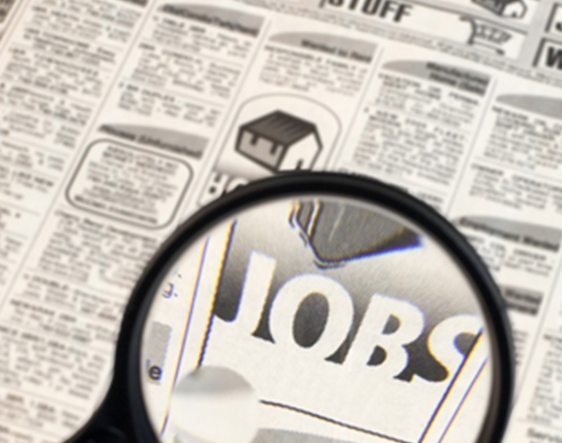Good news and bad news from the UK labour market today, with figures showing the jobless rate falling to a fresh 42-year low of 4.3 percent in the three months to July. The employment rate was 75.3 percent, the highest since comparable records began in 1971. From Ben Brettell, Senior Economist, Hargreaves Lansdown.
As we have come to expect with this monthly data, however, there was a cloud to accompany the silver lining in the form of disappointing wage growth numbers. Economists had expected average pay growth including bonuses to tick upwards to 2.3 percent, but in the event the number was unchanged from a month earlier at 2.1 percent. With yesterday’s inflation figures showing prices rising at 2.9 percent, this means pay is still shrinking in real terms – though there could be some light at the end of the tunnel for public sector workers in England and Wales with news that their pay cap will be lifted.
The Bank of England predicts wage growth will rise to 3 percent next year, while inflation falls back towards the 2 percent target. The first part of that equation looks optimistic to me. The only sustainable driver of real wage growth is increasing productivity – and in this respect the UK continues to lag behind its developed-world counterparts, notably the US and Germany. Unless a solution to this productivity puzzle is found, a meaningful improvement in living standards could be some way off.







